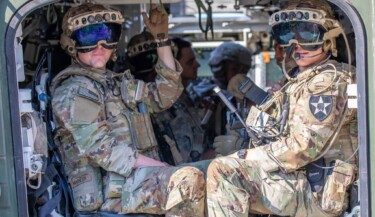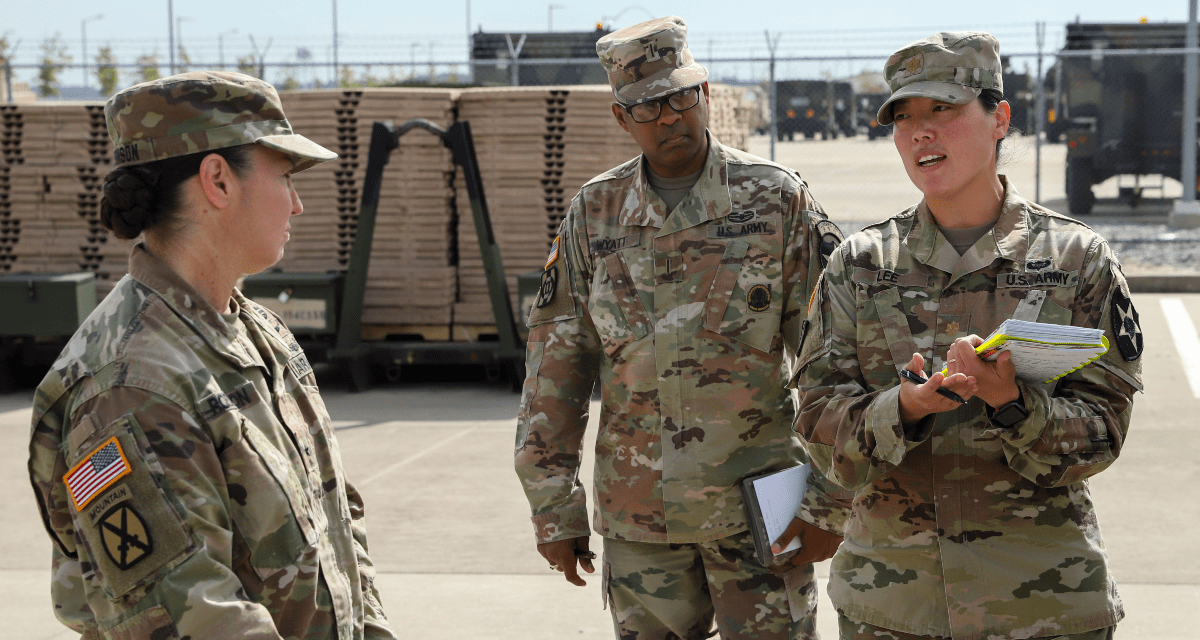Qamar-ul Huda

While in Kabul recently, I sipped a ginger chai at the Safi Landmark Hotel as I waited for Zabiullah Mujahid, the Islamic Emirate of Afghanistan’s deputy minister of information and culture, to arrive for an interview. In the mall, customers were hustling for sales support at wedding shops, and mobile phone stores had lines of customers outside while mostly men perused store windows. Mujahid only took a few sips of his chai, but he was attentive to my questions about Taliban governance and the global community’s isolation of Afghanistan. “Listen,” he firmly said, “this country has a long way before a renaissance [occurs], but it will happen in front of the whole world. You’ll see.”
Mujahid’s optimism is not an anomaly; government officials I interviewed had well-choreographed responses claiming that better times are being seeded by the Islamic Emirate. Outside of the Taliban’s estranged bubble, teachers, lawyers, college students, and a few fledging civil society groups couldn’t feel differently about Afghanistan’s future. “There are no jobs; we have no money,” said a lawyer recently fired from the Ministry of Education. Men, women, and children alike beg on the street, saying they haven’t eaten for days. A close friend of mine who was a researcher with a conflict and peace institute based in Kabul said the Taliban shut down his organization because they knew it was supported by USAID and the U.S. Institute of Peace and believed its work portrayed a negative image of Afghanistan.


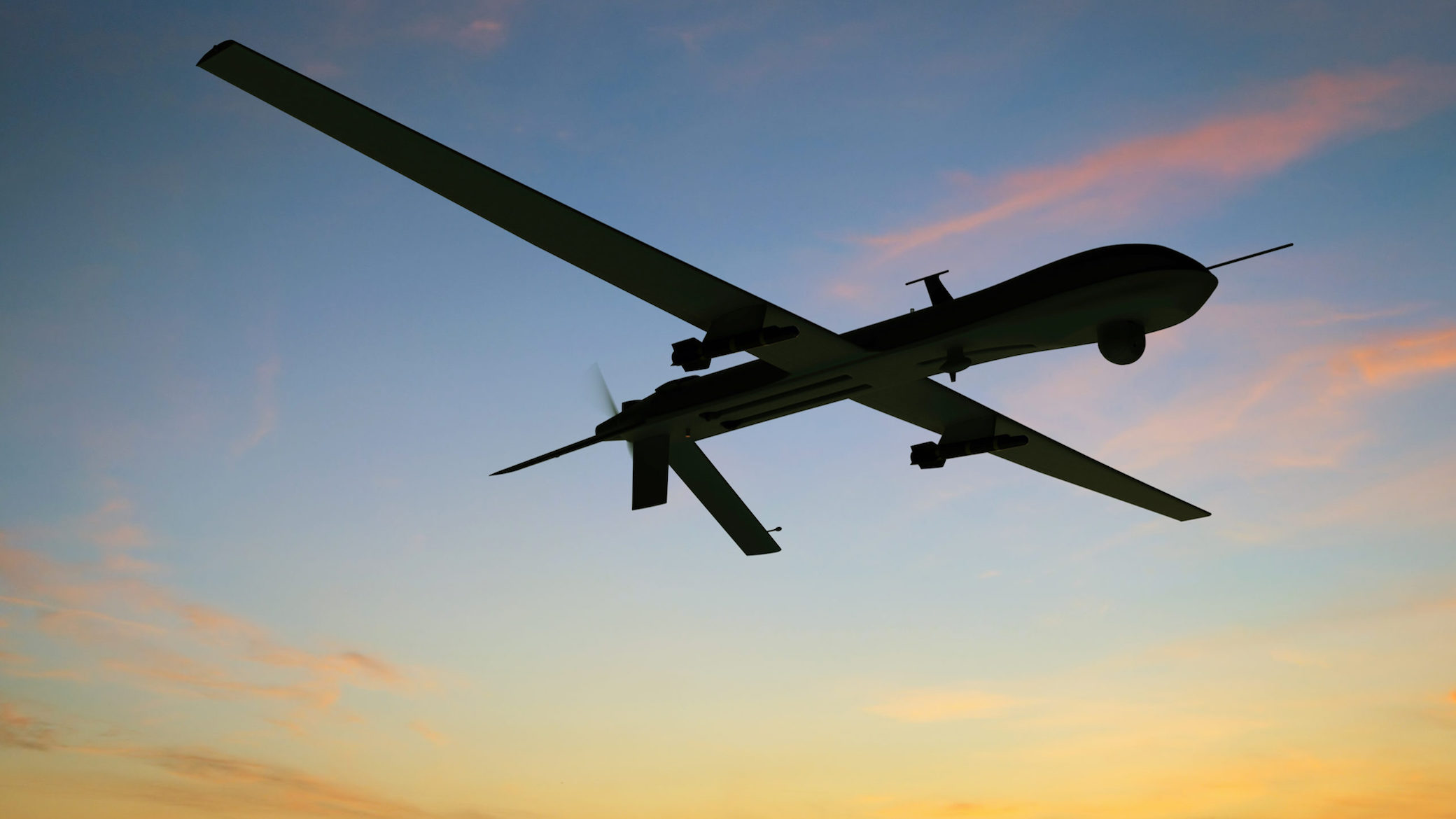

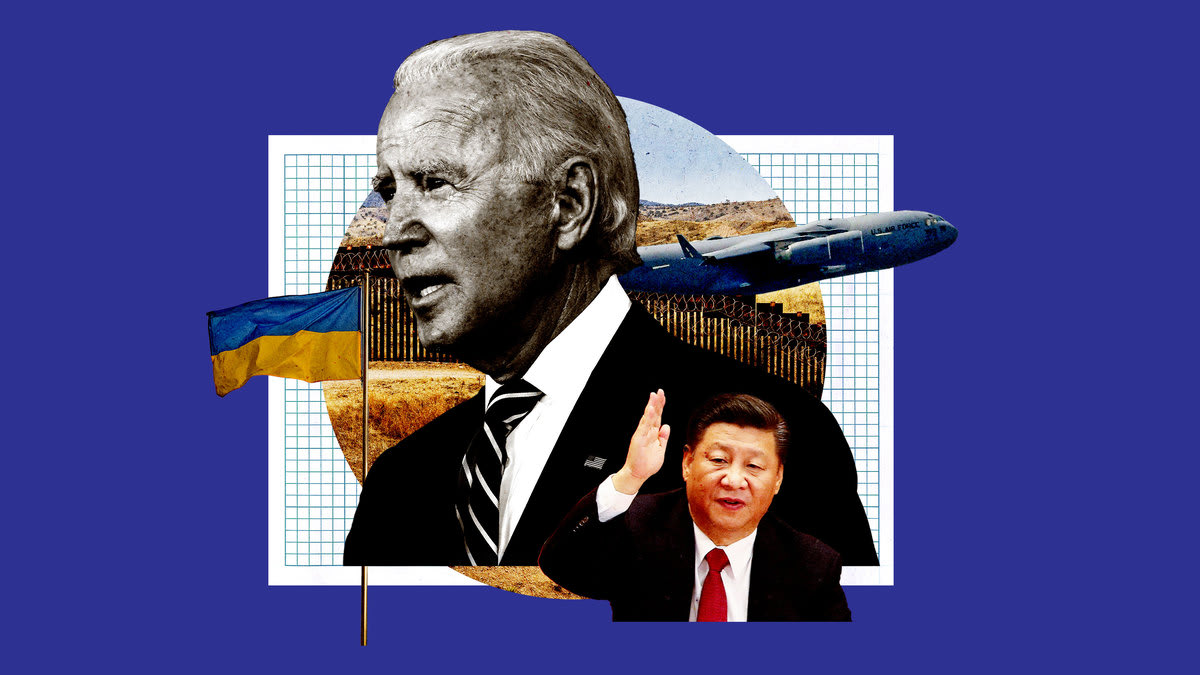

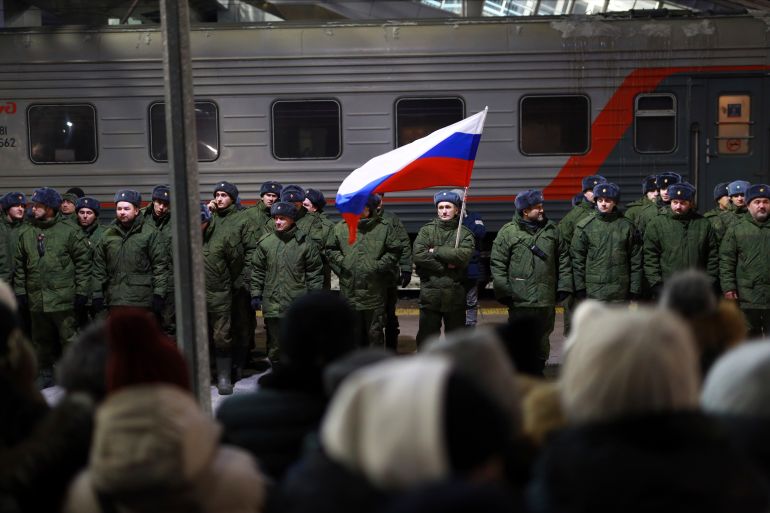





:quality(70)/cloudfront-us-east-1.images.arcpublishing.com/archetype/ZOHTBWAHHJFXHEO5X7UR3ENXR4.jpg)


